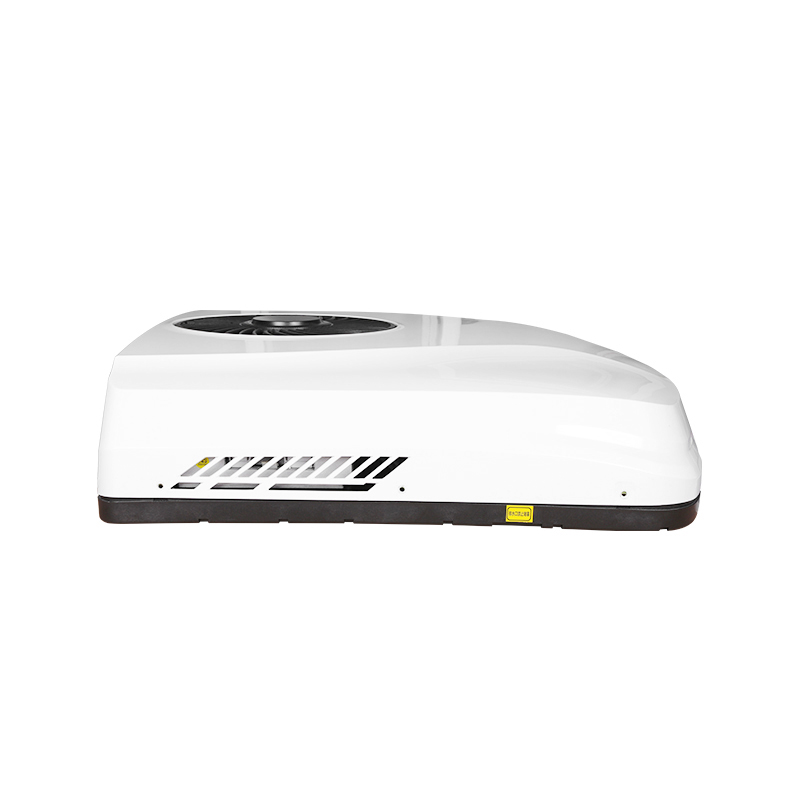Truck air conditioning systems are designed to regulate the interior temperature and humidity levels inside a truck’s cabin, providing a comfortable environment for the driver and passengers. These systems function similarly to automotive air conditioners but are engineered to handle the larger, more powerful demands of commercial trucks.

Truck AC systems typically consist of several key components: a compressor, condenser, evaporator, expansion valve, and a network of ducts and refrigerant lines. These parts work together to circulate cool air throughout the cabin, removing heat and moisture as they go.
Key Features of Truck Air Conditioning Systems
Truck air conditioning systems differ from those found in passenger vehicles in terms of size, complexity, and performance. Here are some of the key features that set truck AC systems apart:
1. High Cooling Capacity
Due to the larger size of the cabin and the demanding conditions in which they operate, truck air conditioning systems are designed with high cooling capacities. The systems are built to provide sufficient airflow and cooling performance even under temperatures, making them essential for drivers who operate trucks in hot and humid environments.
Efficient Cooling: The compressors used in truck AC systems are typically more powerful than those found in cars, enabling them to cool the air in a larger space more quickly.
Extended Operation: Commercial trucks often run for long hours, so the air conditioning systems are designed to withstand continuous use without overheating or breaking down.
2. Heavy-Duty Components
Truck air conditioning systems are built with heavy-duty components to handle the stress and strain of regular long-distance travel. These components are designed for durability, offering reliable performance even under demanding conditions.
Compressor and Condenser: These parts are engineered to withstand the vibrations and heavy workloads associated with trucks on the road.
Cooling Fans and Evaporators: These components are designed to provide effective airflow while being resistant to dirt, dust, and debris, which are common in the truck driving environment.
3. Energy Efficiency
Truck air conditioning systems are designed to be energy efficient, which is essential for saving fuel costs. An energy-efficient system reduces the strain on the truck’s engine, allowing it to maintain a balance between cooling performance and fuel consumption.
Variable Speed Fans: Many modern truck AC systems feature variable speed fans, which automatically adjust their speed based on the cooling needs, ensuring that energy is not wasted.
Optimized Refrigerants: The choice of refrigerant plays a key role in both efficiency and environmental impact. Newer systems use refrigerants that are more efficient and environmentally friendly, helping reduce the carbon footprint of the vehicle.
4. Climate Control and Customization
Advanced truck air conditioning systems often come with climate control features that allow the driver to customize the temperature settings for both the driver’s area and the passenger cabin. This can include dual-zone or multi-zone climate control, which ensures that both the driver and passengers can enjoy a comfortable environment.
Digital Thermostats: Many systems feature digital thermostats that allow for precise temperature adjustments.
Air Filtration: Air quality is crucial for driver comfort and safety. High-quality air filtration systems help reduce dust, allergens, and other pollutants from entering the cabin, ensuring that the air inside the truck remains clean and breathable.